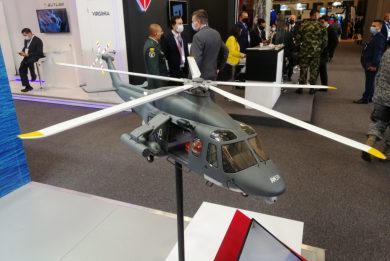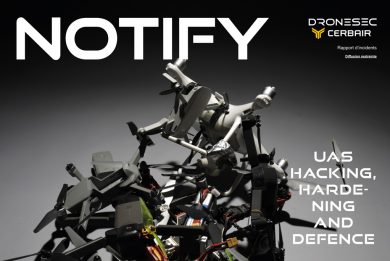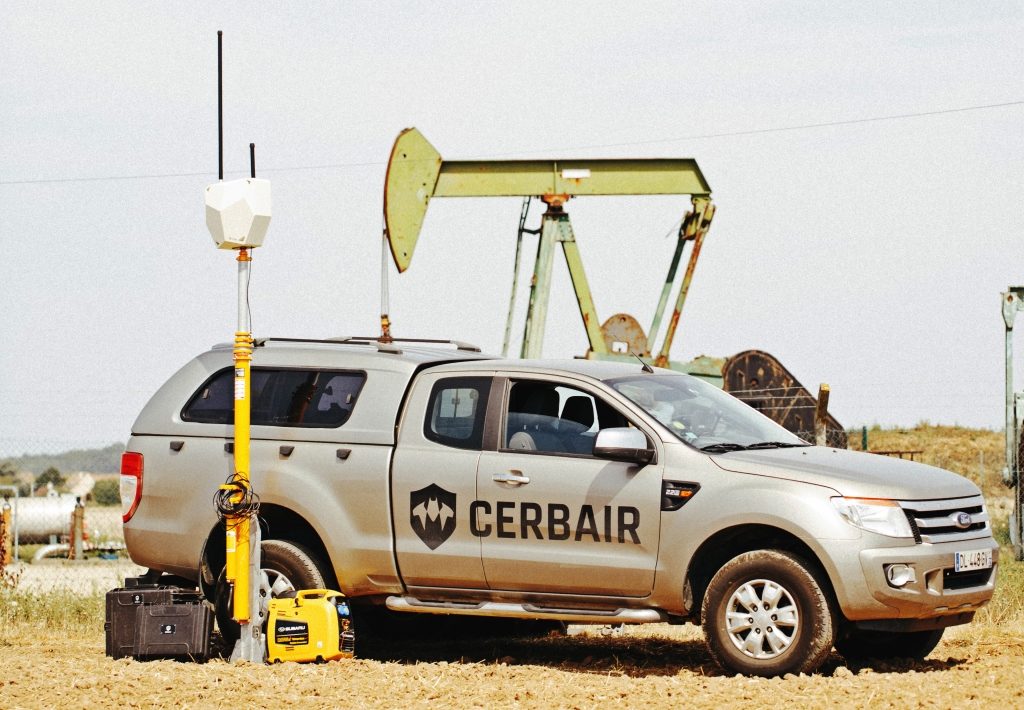
Cerbair closes deal with Colombian Air Force
By Paolo Valpolini
During the reception organised by GICAT, the French land defence industries association, CerbAir, the Paris-based company founded five years ago to develop solutions aimed at countering the alarming increase of drone intrusions, announced that it obtained a contract from the Colombian Air Force to provide that service with portable and mobile solutions for the defence of air bases. No numbers as well as no information on which bases will be protected by CerbAir systems were provided, “although we consider this a first batch of a bigger deal,” Lucas Lebell, CerbAir CEO told EDR On-Line.
“We are providing solutions that allow localising the drone as well as the pilot location,” Lebell adds, explaining that his company, which was formed five years ago, is constantly upgrading its products to face the evolving threat, which is made of drones with reduced signature, capable of swarm attacks, some of them exploiting even artificial intelligence. Their use is also evolving: “beside armed drones, transporting explosive devices, they are used in a number of other criminal activities such as smuggling, inserting forbidden objects into prisons, espionage, while they represent a risk of collision with other airborne platforms,” the CerbAir CEO says. In the last years the company obtained numerous contracts widening its customer database, allowing it to improve its knowledge on clients needs, which are always the starting point for CerbAir. “We always try to understand as much as possible which are the risks and what is the available budget, in order to propose solutions with the adequate level of performances considering a realistic threat,” Lebell explains. If this is true for security applications, when shifting to the military world coverage and cost-efficiency are the main parameters.
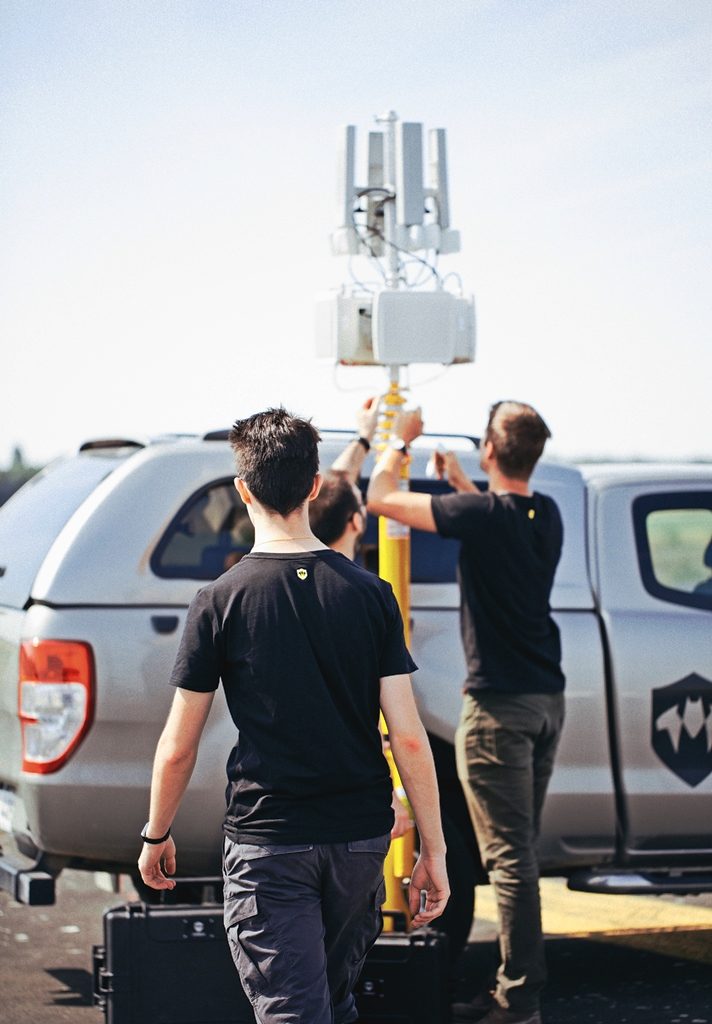
CerbAir specialty is drone detection, characterisation and identification exploring electronic warfare methods, more specifically RF spectrum analysis, which in turn allows countering the threat with smart jamming techniques that minimise interferences with other operations in the area.
CerbAir proposes fix, mobile and portable solutions, the former two being based on its Hydra RF receiver that acquires, digitalise and analyse raw RF signals looking for those signatures that indicate a link between a drone and its ground control station, in both directions. The standard system operates in the 2400-2500 MHz and in the 5725-5875 MHz bands, however as option shorter wave bands can be added, specifically the 433-435 MHz, 863-870 MHz and 902-928 MHz ones. A single receiver has a detection range of over 1 km, and operates on the 360°, while putting together four systems the range is increased to over 2 km and provides the threat azimuth with an accuracy of ± 10° at a range of less than 1 km. When used in the mobile version, the reduced volume allows to easily transport the equipment in a vehicle, two operators deploying it in less than 20 minutes.
At Expodefensa the company man portable solution was visible, its development being allowed by the miniaturisation of SIGINT elements. Carried in a backpack, it weighs around 8 kg and is provided in two different versions, one for law enforcement agencies that carries out detection only, and one for military use, in a ruggedised backpack, to which an electronic countermeasure system is added. According to CerbAir the system has a range of 1.5 km in urban scenarios.

In terms of effectors, for longer ranges has developed the Medusa, a jamming system that according to the company provides “an adequate and proportionate response to the threat,” no more technical info being available. These effectors jam the communication between the drone and the control station, the drone falling on earth if not fitted with a comeback system, or fly back to the operator’s location.
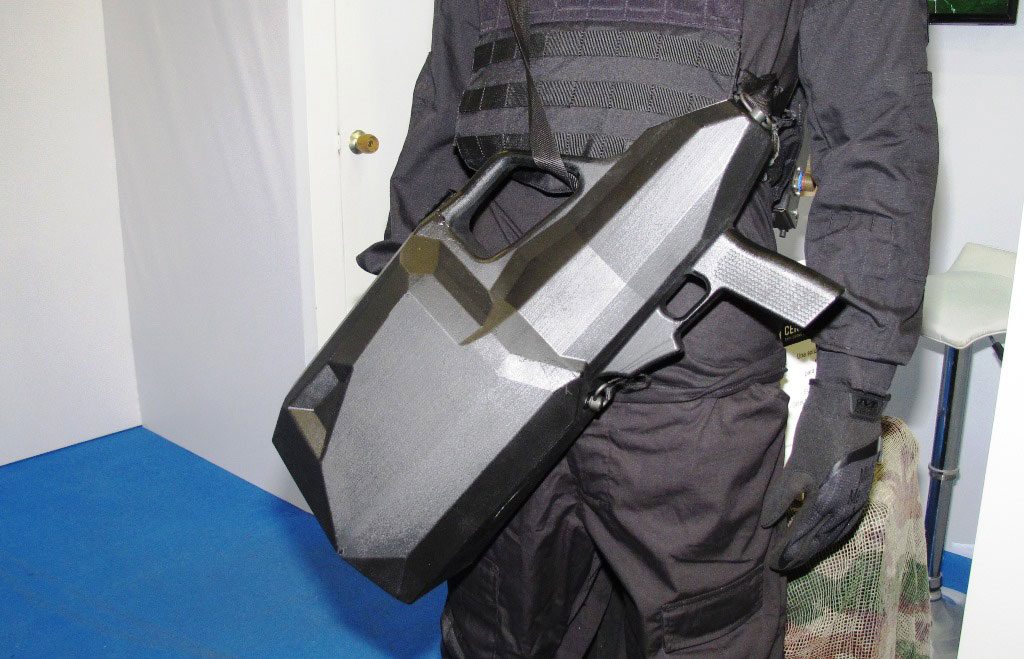
The company also provides a command and control software that can be installed on portable or fix computers or be integrated into existing command and control systems.
Photos courtesy CerbAir and by Paolo Valpolini

